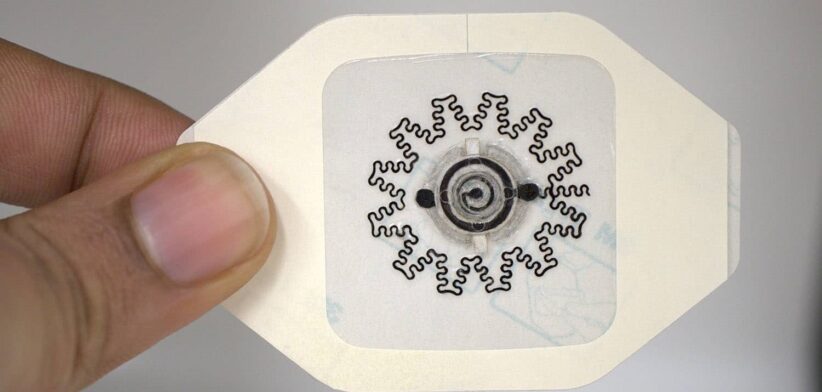Researchers have developed electric bandages that allow wounds to heal much faster than standard bandages.
A team from North Carolina State University created the inexpensive bandage that uses an electric field to promote healing in chronic wounds.
Assistant Professor Amay Bandodkar said, in animal testing, wounds that were treated with these electric bandages healed 30 percent faster than wounds treated with conventional bandages.
Assistant Professor Bandodkar said chronic wounds were open wounds that healed slowly.
“For example, sores that occur in some patients with diabetes are chronic wounds. These wounds are particularly problematic because they often recur after treatment and significantly increase the risk of amputation and death,” he said.
Assistant Professor Bandodkar said one of the challenges associated with chronic wounds was that existing treatment options were extremely expensive.
“Our goal here was to develop a far less expensive technology that accelerates healing in patients with chronic wounds.
“We also wanted to make sure that the technology is easy enough for people to use at home, rather than something that patients can only receive in clinical settings.”
Assistant Professor Bandodkar said the research team developed water-powered, electronics-free dressings (WPEDs), which were disposable wound dressings that had electrodes on one side and a small, biocompatible battery on the other.
He said the dressing was applied to a patient so that the electrodes come into contact with the wound.
“A drop of water is then applied to the battery, activating it. Once activated, the bandage produces an electric field for several hours.
“That electric field is critical, because it’s well established that electric fields accelerate healing in chronic wounds.”
Assistant Professor Bandodkar said the electrodes were designed in a way that allowed them to bend with the bandage and conform to the surface of the chronic wounds, which are often deep and irregularly shaped.








